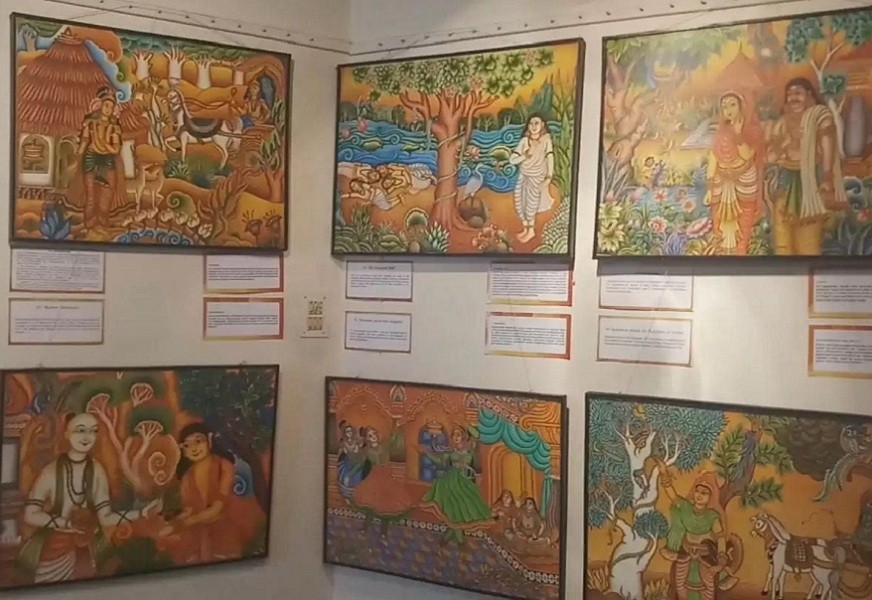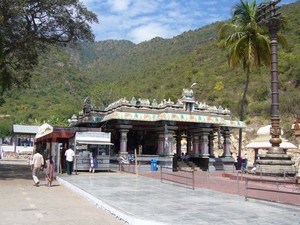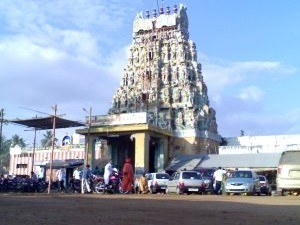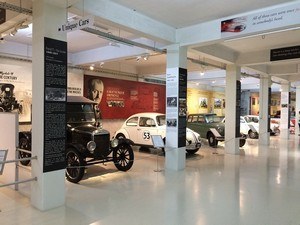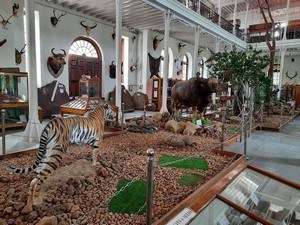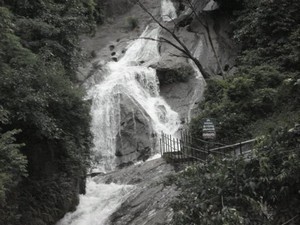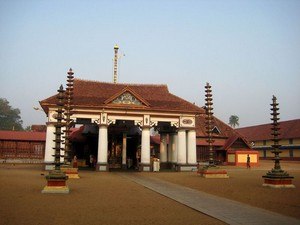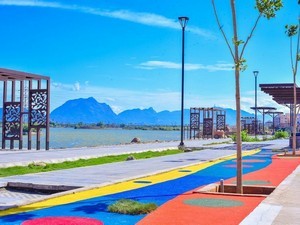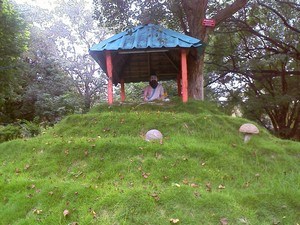Kasthuri Sreenivasan Art Gallery & Textile Museum, Coimbatore - Timings, Entry Fee, History & Artifacts
 India | TamilNadu | Coimbatore
India | TamilNadu | Coimbatore
 #6 of 36 Places to Visit in Coimbatore
#6 of 36 Places to Visit in Coimbatore
 Distance (From Coimbatore Junction): 10 Kms
Distance (From Coimbatore Junction): 10 Kms
 Trip Duration (Including Travel): 1-2 Hours
Trip Duration (Including Travel): 1-2 Hours
 Place Location: At Avinashi Road In Peelamedu Locality
Place Location: At Avinashi Road In Peelamedu Locality
 Transportation Options: Bus / Cab / Auto
Transportation Options: Bus / Cab / Auto
 Travel Tips: None
Travel Tips: None
At a distance of 10 km from Coimbatore Junction, Kasthuri Sreenivasan Art Gallery & Textile Museum is a museum located at Avinashi Road in Peelamedu locality of Coimbatore. It is one of the prominent places to visit in Combatore.
Kasthuri Sreenivasan Trust was established in the year 1981 for the promotion of art and literature in India by Sri Kasthuri Sreenivasan, a pioneering textile scientist, and writer. In 1983, G.V. Doraiswamy Naidu gifted the Trust an acre of land, and this turned into the Kasthuri Sreenivasan Art Gallery and Textile Museum as we know it today. It was inaugurated in the year 1988 by then the President of India R. Venkataraman.
The Culture Centre consists of an Art Gallery, a Textile Museum, an auditorium, and a library. Art Gallery has many paintings and sculptures arranged in 10 rooms. Rooms 1 and 2 house traditional Indian Art. There are several Tanjore paintings in Room 1, some of them more than a hundred years old. Many bronzes in the traditional South Indian style are also exhibited. Note-worthy among the sculptures are a terracotta head of the Gupta period and a stone figure from the Gandhara period. Room 2 contains some reproductions of Moghul art as well as bird paintings of the 16th and 17th centuries. There were oils, watercolors, collage, and much more around 36 paintings of Mrs. B. Sreenivasan was exhibited in Room 3.
Rooms 4 & 5 contain artworks of well-known modern artists such as Santhanaraj, Alphonso, Antonydoss, Senathipathi, Redappa Naidu, Thotta Tharani, Siva Kumar, VSD. Arularasan and Nedunchezian. A bronze sculpture by the well-known sculptor Dhanabal is also of great interest. Reproductions of paintings by Abanindranath Tagore and Raja Ravi Varma are also exhibited. There are paintings and sculptures from Egypt, Japan, China, Thailand, Nigeria, Burma, and Nepal in Room 6 (1st floor). Interesting exhibits in the section are the Tibetian Icon, shaped like a sword, said to belong to the 17th century, and a sculpture from Africa. European art is shown in Room Nos.7, 8 & 9, and are mostly reproductions. Room 10 is left as an exhibition room for works of art by modern painters.
The textile museum in the Culture Centre brings together a chronological portrayal of the growth of the textile industry. The history of Textile technology is depicted in rooms 11, 12 & 13. Beginning with the whorl wheels of Egypt and the spinning wheels of Mohanjadaro the growth and development of spinning and weaving is exhibited in these rooms through charts, models, and actual machines in a few cases. There are a number of items of interest in the section including the Saxony spinning wheel (1530 AD). There is a 1000-year-old fabric from a Nigerian cave. The different systems of yarn formation that have been developed in recent years and the yarn characteristics of each system are shown in the form of models in Room 13.
Room 14 contains antique sarees, other textiles and artifacts belong to the Craft Council of Tamil Nadu, Coimbatore. The history of costumes in India from the time of Mohanjadaro down to the 19th century is depicted in the form of pictures in Rooms 15 &16. Types of handlooms from various parts of India as well as sketches of various types of handlooms used by American Indians are exhibited in Room 17. Of special interest are six paintings on mica depicting handloom operations in India painted in the 17th century. These paintings were taken by the East India Company to England to show their customers and were brought back by the Founder Trustee.
Timings: 10 AM - 6 PM, Closed on Sundays
Entry: Free



